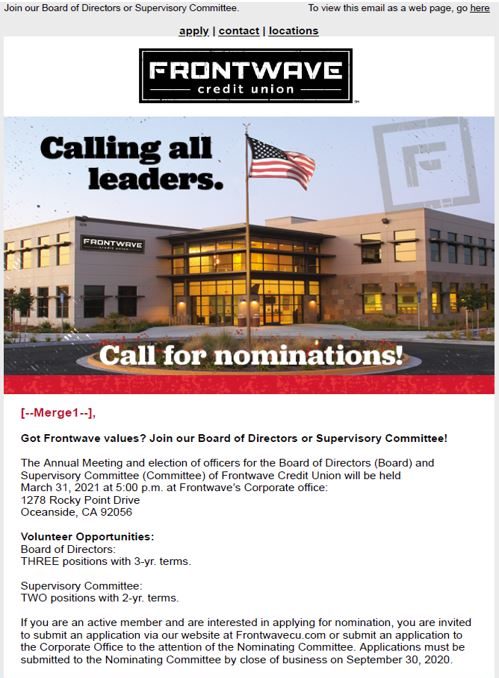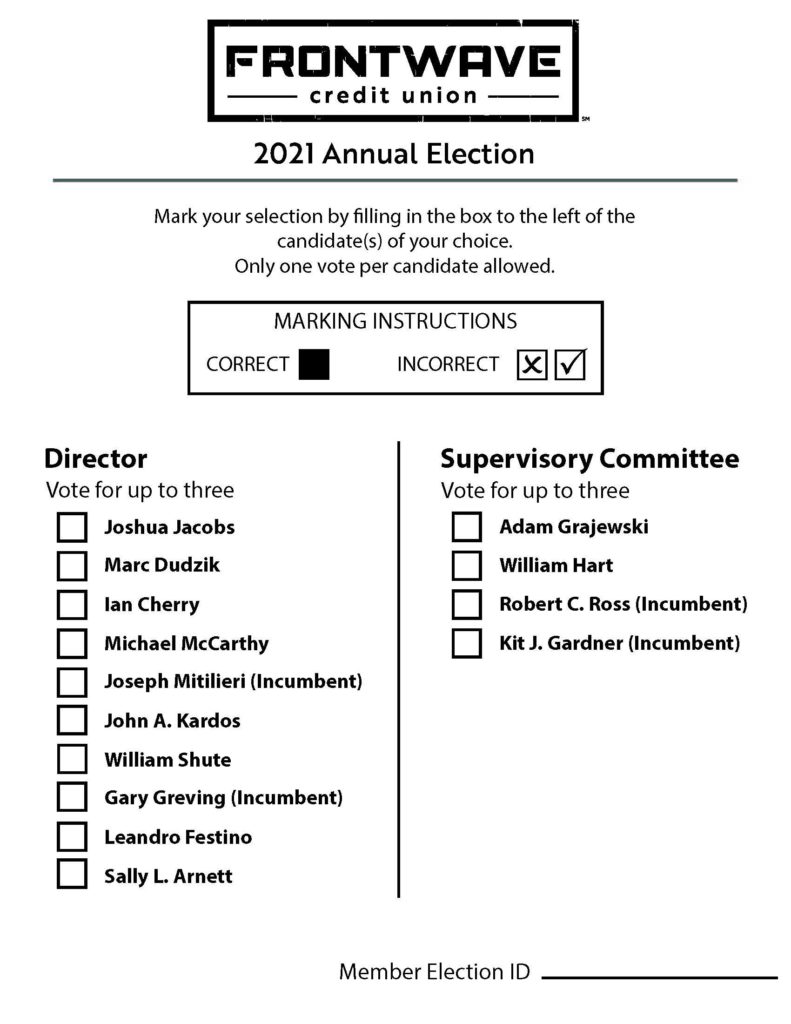On NCUA’s 7-Year Investment at .90%
Where are the NCUA Capital Market Specialists when you need them? Did the NCUA shock test this $600 million investment in a +/- 100, 200, 300 bps environment?
For credit unions this is a required a first step. When I was a CEO, examiners forced my peers to sell long term investments at a loss after NEV shock tests. Appears such assessments are not applicable to the NCUA. This is not a smart investment in this phase of the economic recovery cycle. Who made this decision at Duke Street.? What is their ALM experience? Why is there no public discussion of this at the April Board meeting? Where is NCUA getting their investment advice?
Would the persons responsible lock up their personal savings at a rate of .90% fixed for seven years? Commonsense says absolutely not. So why lock up credit union’s collective savings this way?
Investing in treasuries is not rocket science. When this $600 million dollar launch crashes in value soon, it is credit unions that will pay the cost. What is the end game? This $600M will have a huge decline in value as rates move up in the coming months or years.
The NCUSIF has a backup plan in the NCUA. When the NCUA needs to raise more revenue, they play the A word…Assessments. This is why my CEO peers and I read NCUA as Not Credit Union Accountable. Never Shocked. Just Disappointed. Stuart+Perlitsh
On Watermelon Oreos
Can I interest you in some Marshmallow Peeps Pepsi? Esteban Camargo
On Berkshire’s Annual Meeting
I grew up in Nebraska and have attended the annual conference in person.
The comment about two 90+ year-olds holding court, taking unscripted questions live, for over four hours is an example I have used several times during presentations to CU CEOs and board members. I have a great photo of 12,000 attendees in the downtown arena with Warren and Charlie sitting at a modest table on a makeshift stage.
After the first annual meeting I attended, I walked away with great appreciation for how Warren could take complex concepts and distill them down to a few key points and tell it with a story people can relate to. . .
The takeaway I see for credit union CEOs and board members is as follows:
1) Financial services is a system of numbers and tradeoffs. It is imperative the board elevate and self-educate to a level of acumen that can appreciate not just the numbers, but the nuance of the numbers. It’s difficult to effectively govern otherwise and can lead to risk avoidance (rather than risk management), inefficient deployment of resources, and at its worst, an incorrect assessment of reality.
2) Financial services is a system of numbers and tradeoffs (Part II). It helps when the CEO has enough mastery of the numbers not to just explain them, but to teach their subtlety to an audience that has not worked in financial services or does not have a significant amount of their net worth tied up in a financial institution. If a CEO wants a role model, watching Warren work his craft is a great place to start.
3) When 1 and 2 listed above are not present, it leads to distrust among the parties. The CEO will over-simplify things to gain trust, but when a simple explanation won’t satisfy a complex problem, trust may be eroded.
4) When 1 and 2 listed above are present, greatness follows because attention is shifted to higher order items, built upon a foundation of trust and understanding. Mike Higgins
On Jim Blaine’s Inaugural Address
“Because I could never accept that in America those who had the least and knew the least should pay the most for financial services.” Well said!
I’m planning to create a Wikiquotes page about cooperatives. Wikiquotes is a sister project of Wikipedia, that collects quotes from people and about topics. This is going into the page! Leo Sammallahti
On Rex Johnson, Player Coach
I read the Player-Coach article early this morning, which caused a bit of reminiscing about Rex. In 1978, fresh out of college and having moved from downstate Illinois to Elgin to find work in a period of high unemployment and high interest rates, I entered the HFC management training program. That is where my path intersected with A. Rex Johnson for the first time. As chronicled in your article, he worked his way up to District Manager at Household, a position responsible for approximately 10 branch offices in Illinois and Indiana. The Elgin branch was a stop in my training period in 1979 and in 1980, Rex promoted me to my first branch manager assignment. He would leave a short time later for the position with the state. Rex would always look at the glass as half full and despite the high interest rates charged, the exceptional delivery of customer service enabled this company to thrive for many years.
Fast forward to 1985 and a job opportunity for a lending supervisor position was posted at what today is Healthcare Associates Credit Union. I applied and received an interview and thoroughly prepared for that. As we began the interview, Dan Vaughan, the general manager of the credit union was very casual and asking more questions about my personal interests than professional qualifications. Possibly half-way through the interview it became apparent that the job was mine if I wanted it. This puzzled me as beyond a resume, he didn’t know me from Adam.
He went on to tell me that he too had been a branch manager at HFC and worked for Rex. Positive feedback from a person who would become one of the greatest influencers in the credit union industry provide the break that brought me to our industry 36 years ago.
The first time I heard Rex speak to a large credit union audience was at the Illinois Credit Union League convention, possibly in 1985. He gave the same message about lending that we constantly heard at HFC, except now we had the advantage of extremely competitive rates and were the good guys, not a lender of last resort. Over the years it was always enjoyable to listen to his presentations and his message would serve as reminders of the block and tackling steps we need to consistently perform to build strong and lasting relationships with our members. I’ve done my best to teach people throughout my career, but nobody did it like Rex Johnson, with his charisma and passion that was always genuine.
Thanks for reminding people of the journey and impact one driven and good man has had on our entire industry. Jim Dean, CEO, Affinity Credit Union



